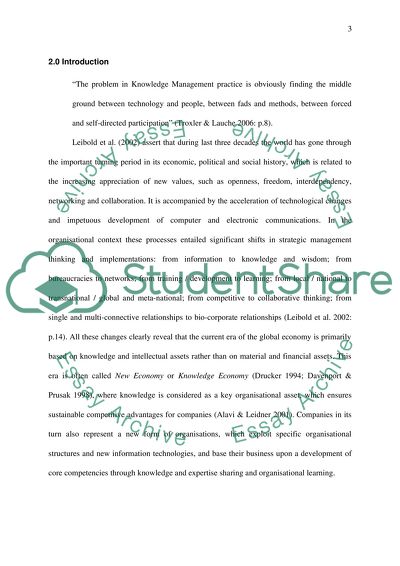Cite this document
(“Managing Information Essay Example | Topics and Well Written Essays - 3000 words”, n.d.)
Retrieved from https://studentshare.org/environmental-studies/1413632-managing-information
Retrieved from https://studentshare.org/environmental-studies/1413632-managing-information
(Managing Information Essay Example | Topics and Well Written Essays - 3000 Words)
https://studentshare.org/environmental-studies/1413632-managing-information.
https://studentshare.org/environmental-studies/1413632-managing-information.
“Managing Information Essay Example | Topics and Well Written Essays - 3000 Words”, n.d. https://studentshare.org/environmental-studies/1413632-managing-information.


